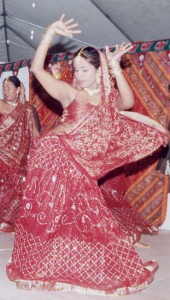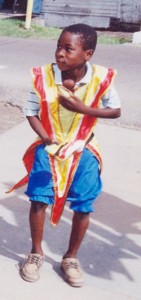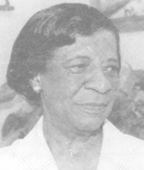
To fully give an informative and honest description of the position of any discipline, requires a case study plus the variables and conditions that influence positively or negatively the results of the particular study in question. I’ll take you through the influences and restless social comets that impacted on the rise and fall of “The Association of Creative Artists”.
This was a group that was comprised of professional Artists, creative citizens who lived through their works in the different fields of the visual Arts at home and abroad, -to name a few Angold Thompson, Peter ‘Ita’ Chester, Merlene Ellis, Mervyn Wilson, Quintyn, Kenton Wyatt, Owen John, myself, Seunarine Munisar, Omawale ‘Yank.’ and the late Basil Thompson and Omawale Lumumba. The group emerged at a period of resurgence from the early 70’s, a new phase of heightened cultural activities in all ex-pressions of the Arts between the years 1987 to about 1996.

The late 80’s saw the emergence of the Art Galleries, gathering their audiences and exhibiting eager competing artists, even Caribbean Artists were finding it attractive to exhibit in Guyana. The galleries had evolved around {at times} rival groups of artists, Ras Camo had led the way with the Roots & Culture Art Gallery , Nigel Hughes a young lawyer took the Hadfield Foundation Gallery to another level offering framing services with an art supply shop, many artists felt comfortable developing their skills because the market was booming, the late Richard Humphrey of Tower Hotel brought in canvases, art supplies and also offered framing services, Arlington Apartments not far from the Hadfield Foundation launched the Arlington Gallery. In that period the Chronicle newspapers encouraged local cartoonists and illustrators to bring their work in, this was a post independence policy that saw the emergence of many talents, leading in the early years were Rudy Seymour, who wrote and also illustrated scripts by Allan Fenty. Holly Harris was a leading cartoonist of the post independence era, others over a period between the mid seventies were A De Lima, Tyrone Doris etc, I emerged in the early eighties and was encouraged to explore my talents because the opportunities were open, you just had to be ready, because there was an art camaraderie who were pitiless on those who fell short, the Harris boys [sons of Holly Harris] came in the late 80s. this period does need more research with a specific focus on cartoonists and illustrators.

